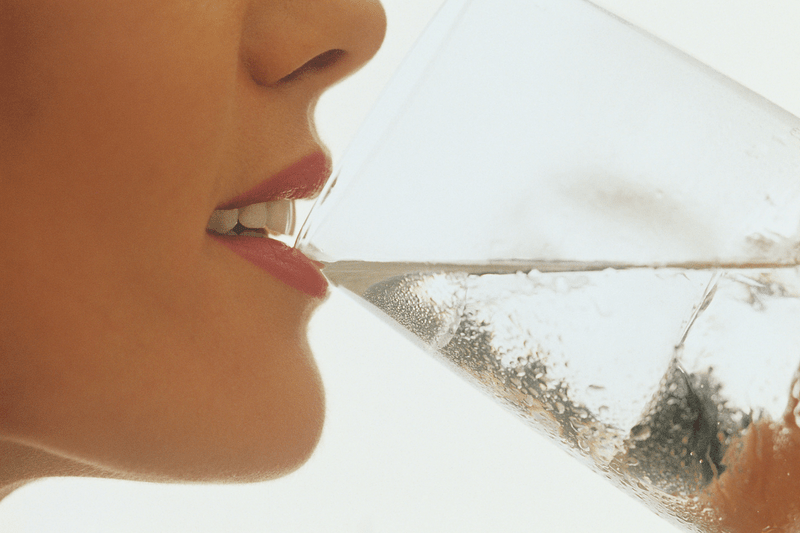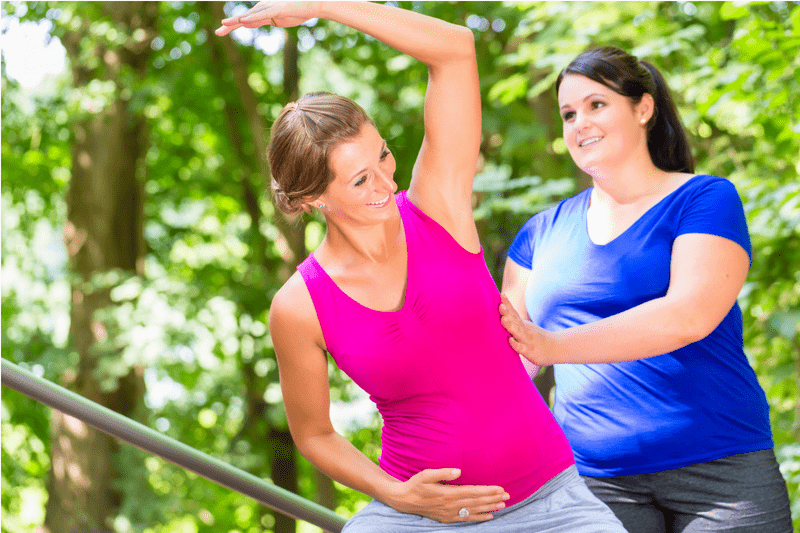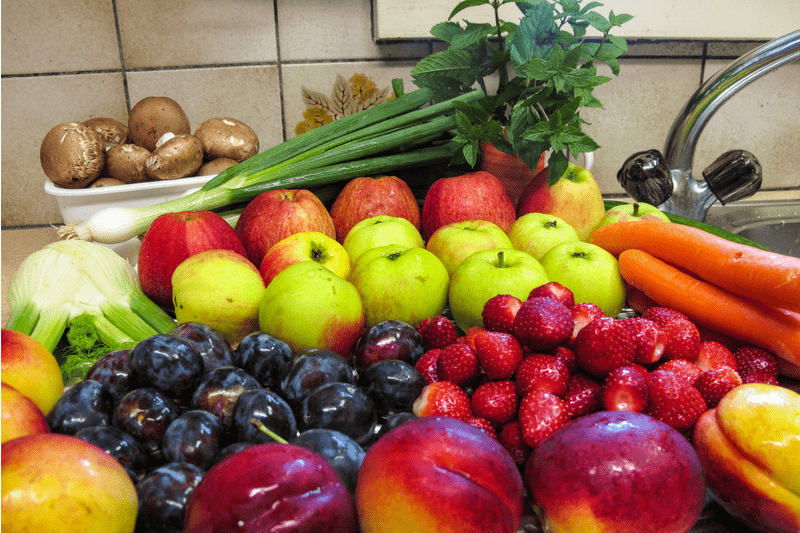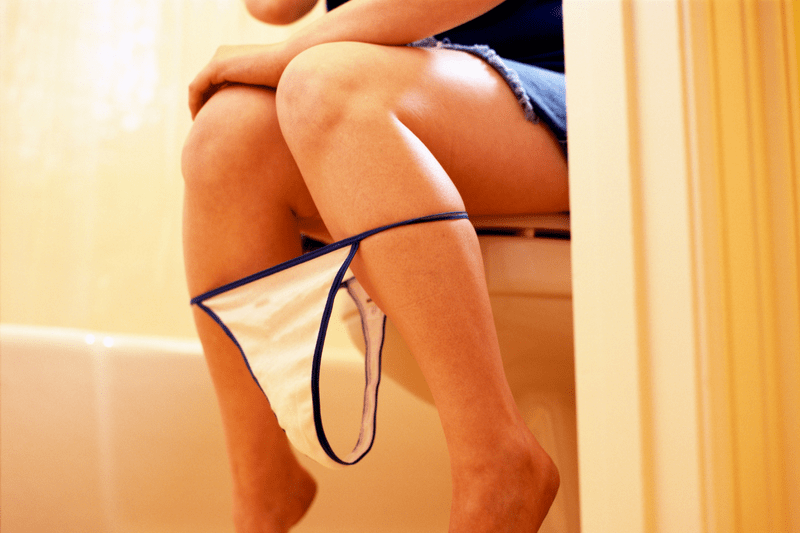Piles (Hemorrhoid) is a very common disease that affects about 75% of adults from time to time. 20 to 50% of women have mild to severe form of hemorrhoids during pregnancy. It causes pain, discomfort, bleeding and itching.
What are Hemorrhoids?
Hemorrhoids (piles) are swollen veins located inside the rectum or around the anal sphincter. Pile mass located inside the rectum is called internal hemorrhoid and located under the skin around the anus is called external hemorrhoid. In some cases, the patient may also have bleeding. In laymen language, it is known as bleeding piles.
Causes of Hemorrhoids during Pregnancy
Generally, the underlying cause of hemorrhoids is often unknown. However, constipation is the main cause and major contributing factor that can cause hemorrhoid during pregnancy. Constipation results in straining during the evacuation. It increases the pressure in the lower rectum. The increased pressure in lower rectum causes stretching of veins around the anus, which may swell or bulge. There are several other factors that can contribute the same pathology. These include:
- Trying to clear bowel with straining.
- Sitting in the toilet for a longer period.
- Chronic diarrhea.
- Anal intercourse.
- Obesity.
- Low fiber diet.
- The weakening of tissue around the rectum and anus that support the anal veins.
In addition to constipation and other factors listed above, hemorrhoid can also develop in pregnant women due to physical and hormonal changes during pregnancy. When a woman becomes pregnant, she goes into a series of changes, which contribute to the development of piles.
- The hormonal changes during pregnancy especially increased level of progesterone cause relaxation of veins and other tissues. The firmness of veins is decreased. So, minor problems like constipation or diarrhea or frequent bowel movements can increase the pressure in the rectum and result in swelling of veins leading to hemorrhoid.
- The second contributing factor is pressure on internal organs of pregnant women due to growing uterus and developing baby in the womb. It decreases in blood circulation to and fro in the pelvis. It results in engorgement and distension of veins in the bowel. This process also weakens the walls of veins.
- During pregnancy, women also have an increased circulating blood that helps to provide oxygen and nutrients to the mother and developing baby. It causes a little overload on veins and arteries to circulate the blood and increase a little pressure on the walls of veins, arteries and valves.
If a woman had piles before pregnancy, she is more prone to develop hemorrhoid during pregnancy. Some women may not have hemorrhoid during pregnancy, but they can develop after delivery. Pushing baby during labor process that can also contribute to the development of hemorrhoid.
Symptoms of Hemorrhoids during Pregnancy
The main symptoms and signs of hemorrhoids are as follows:
- Pain.
- Discomfort.
- Feeling of abnormal swelling or mass around the anus.
- Itching and irritation around the anus.
- Bleeding during the evacuation.
- Thrombosed hemorrhoid occurs when blood pool in pile mass and form a clot. It appears as a hard lump near the anus. It can be very painful. It can also cause swelling and inflammation.
- Bleeding is common in internal hemorrhoid because straining hard stool may cause injury to pile mass that results in bleeding. Pushing stool or straining may also cause protrusion of internal hemorrhoid through the anal opening. It can result in pain and discomfort.
- Itching is a common symptom in case of external hemorrhoid. However, passing hard stool can also irritate it and may lead to bleeding.
How to Avoid Hemorrhoids during Pregnancy
The most common question asked by women having a history of hemorrhoid before pregnancy is how to prevent hemorrhoids during pregnancy. Here are some tips that can help to prevent piles during pregnancy.
Avoid Constipation
As discussed above, constipation is a major contributing factor to the development of hemorrhoid. So, it is necessary to avoid constipation during pregnancy.
The hard and dry stool is often caused by straining and pain during a bowel movement. Therefore, you should try to keep the stool soft. The passage of soft stool is easier during the evacuation. What can you do to naturally soften the stool? Changes in lifestyle and dietary habits that reduce constipation can help to prevent and treat hemorrhoids. Here are tips:
Increase Water Intake

Take 1800 to 2500 ml (8 to 11 glasses) water a day. Colon dehydration is very common in constipation. So, drinking plenty of water helps to keep it hydrated. Hydrated colon helps to keep stool soft and makes it easy to pass.
Exercise

Exercise during Pregnancy
Exercise during pregnancy helps in many ways. It improves muscle tone, endurance and strength. It improves mood and decreases stress. It also reduces bloating and constipation. During pregnancy, 30 minutes of exercise is required on daily basis or at least 5 days a week. You should also consult your doctor for the suitable exercises for you according to your stage of pregnancy and health conditions.
Stay Relax and Happy

Stress is a contributing factor to constipation. So, try to focus your attention on positive things. When a negative thing appears in front of you or anything occurs that causes stress, divert your attention to positive things. Learn to divert attention. When you try this again and again, your brain starts learning to avoid negative things soon. So, always try to stay relax, forgive people and keep your focus on positive things and keep yourself engage in pleasurable activities.
Improve Diet
You must focus on good dietary habits to avoid constipation and hemorrhoid during pregnancy. Your food should include enough amount of fiber that keeps the stool soft and easy to pass.
A pregnant woman requires about 30 grams of dietary fiber daily. Unfortunately, the most pregnant women are not getting sufficient amount of fiber. It results in chronic constipation that also increases the risk of having hemorrhoid.
So, include plant-based foods in your diet. Increase intake of fruits, vegetables, green beans and whole grains.
Recommended Foods

Fruits and Vegetables
| Fruits | Guava, Kiwi, Passion Fruit, Figs, Dates, Pears, Prunes, Apples, Raspberries, Blackberries, Apricots, Oranges, Blueberries, Peaches, Plums, |
| Vegetables | Beans, Broccoli, Cabbage, Artichokes, Spinach, Turnip, Fenugreek Leaves, Lima Beans, Bottle Gourd, Round Gourd, Ridge Gourd |
| Dry Fruits & Seeds | Raisins, Almonds, Pistachios, Walnuts, Pumpkin Seeds, Dried Prunes |
| Cereals | Oats, Multigrain Cereals, Whole Wheat |
| Spices | Ginger, Fennel, Cumin, Thyme, Coriander |
| Pulses | Black Eyed Peas, Pinto Beans, Green Grams (Moong Dal), Chickpeas, Kidney Beans |
| Milk Products | Milk, Yogurt |
| Bread | Whole Grain Bread |
| Rice | Brown Rice |
Foods to Avoid
Reduce intake of the following foods:
- White bread
- White rice
- Red meat
- Frozen foods
- Processed foods
- Too spicy and junk foods
- Soft drinks
- Fried foods
- Ice cream
- Cheese
- Biscuits
- Pasta
- Alcohol
- Caffeinated beverages
- Sauces
- Unpasteurized milk
- Smoked fish
- Raw or Undercooked eggs
Don’t stay longer in the toilet

Avoid staying in the toilet for a long duration. If you sit for a longer duration in the toilet, it results in unnecessary pressure on the rectum. This pressure can contribute to hemorrhoid development.
Keep Feet on Stool while Doing a Poo
You can keep your feet on a small stool while having a bowel movement. It helps to have a balance of intra-pelvic pressure and reduces the risk of piles.
Avoid Straining
Don’t try to clear bowel forcefully by straining. Straining increases the pressure on the rectum and may lead to hemorrhoid. If you feel bowel is not clearing, you should get up from the toilet.
Conclusion
The dietary and lifestyle changes can help to prevent hemorrhoids during pregnancy. It is also important to consult your healthcare provider to clear your all doubts or before trying any home treatment or taking any OTC product. The most important thing a pregnant woman should remember is that you should avoid constipation and you should not strain to have a bowel movement. It is the very important thing that can help to avoid hemorrhoid during pregnancy. If you have developed a severe form of hemorrhoid, you should consult a doctor for a treatment.
References
- Staroselsky, Arthur et al. “Hemorrhoids in Pregnancy.” Canadian Family Physician 54.2 (2008): 189–190. (https://www.ncbi.nlm.nih.gov/pmc/articles/PMC2278306/)
- Vazquez, Juan C. “Constipation, Haemorrhoids, and Heartburn in Pregnancy.” BMJ Clinical Evidence 2008 (2008): 1411. (https://www.ncbi.nlm.nih.gov/pmc/articles/PMC2907947/)
- Avsar AF, Keskin HL. Haemorrhoids during pregnancy. J Obstet Gynaecol. 2010 Apr;30(3):231-7. doi: 10.3109/0144361090343924 (https://www.ncbi.nlm.nih.gov/pubmed/20373920)
- Wald A. Constipation, diarrhea, and symptomatic hemorrhoids during pregnancy. Gastroenterol Clin North Am. 2003 Mar;32(1):309-22 (https://www.ncbi.nlm.nih.gov/pubmed/12635420)
- Lohsiriwat, Varut. “Hemorrhoids: From Basic Pathophysiology to Clinical Management.” World Journal of Gastroenterology: WJG 18.17 (2012): 2009–2017. (https://www.ncbi.nlm.nih.gov/pmc/articles/PMC3342598/)
- Rungsiprakarn P, Laopaiboon M, Sangkomkamhang US, Lumbiganon P, Pratt JJ. Interventions for treating constipation in pregnancy. Cochrane Database Syst Rev. 2015 Sep 4;(9):CD011448. doi: 10.1002/14651858.CD011448. (https://www.ncbi.nlm.nih.gov/pubmed/26342714)
- Anderson AS, Whichelow MJ. Constipation during pregnancy: dietary fibre intake and the effect of fibre Hum Nutr Appl Nutr. 1985 Jun;39(3):202-7. (https://www.ncbi.nlm.nih.gov/pubmed/2995279)
- Danielewicz, H. et al. “Diet in Pregnancy—more than Food.” European Journal of Pediatrics 176.12 (2017). (https://www.ncbi.nlm.nih.gov/pmc/articles/PMC5682869/)
- Taylor, Marsha, and Eleni Galanis. “Food Safety during Pregnancy.” Canadian Family Physician 56.8 (2010). (https://www.ncbi.nlm.nih.gov/pmc/articles/PMC2920771/)

